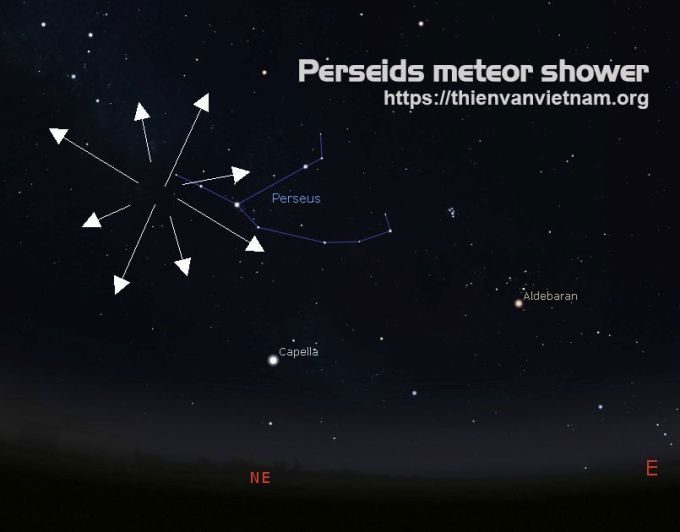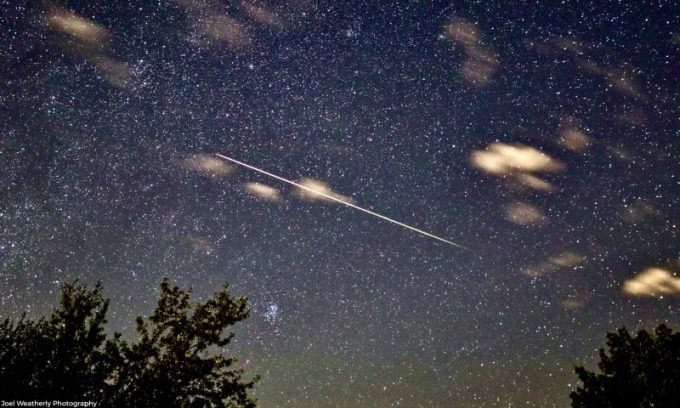Astronomy enthusiasts in Vietnam have the opportunity to watch the Perseid meteor shower, which will peak on the night of August 12 into the early morning of August 13.
According to the Vietnam Astronomy and Cosmology Association (VACA), the Perseid meteor shower occurs every August and is one of the two largest meteor showers of the year, alongside the Geminids in December. This phenomenon consists of debris left over when Comet 109P/Swift-Tuttle approaches the Sun. The last time this comet came close to the Sun and crossed Earth’s orbit was in 1992, and the next occurrence will be in 2026.
“The Perseids are one of the most remarkable meteor showers each year, with a peak that can reach between 60 to 100 meteors per hour,” said Mr. Đặng Vũ Tuấn Sơn, President of VACA, in an interview.
The best time to observe the meteor shower is on the nights around the peak, specifically the night of August 12 and the early morning of August 13. The ideal time will be after 2 AM, when the Moon is about to set and the constellation Perseus has risen high enough. At this time, observers should look towards the northeastern sky and find the constellation Perseus. If you are not very experienced, the simplest way is to gaze at the northeastern sky at an angle of 30 to 50 degrees from the ground for about 5 minutes to allow your eyes to adjust to the darkness.

Shape of the Perseus constellation, with the arrows radiating from the center, which is the origin of most meteors. (Photo: Vietnam Astronomy and Cosmology Association).
With meteor showers, it is entirely possible to observe them with the naked eye and without any supporting equipment. However, Mr. Sơn explained that meteors are not like fireworks as many people might think; even at peak times under ideal viewing conditions, the intervals between meteors can range from several seconds to several minutes. Additionally, you can only observe the meteor shower when the sky is clear of clouds or rain, away from light pollution, and you need a wide view with a comfortable and safe observation position.
Meteor showers occur when debris from a comet is left in clumps that intersect Earth’s orbit. Each time the planet passes through this area, a part of the comet’s body breaks apart, leaving a long trail filled with numerous small meteoroids. As our planet travels through this area, the debris (meteoroids) crashes into Earth’s atmosphere and burns up, creating streaks of light.

Perseid meteor captured in Alberta, Canada on August 12, 2021. (Photo: Joel Weatherly/EarthSky).
The next notable meteor shower of the year will be the Orionids, which will peak on October 21-22. In August, stargazers also have the opportunity to observe Saturn when it is in opposition (the most favorable position for viewing a planet through a telescope) and the supermoon on August 31.


















































